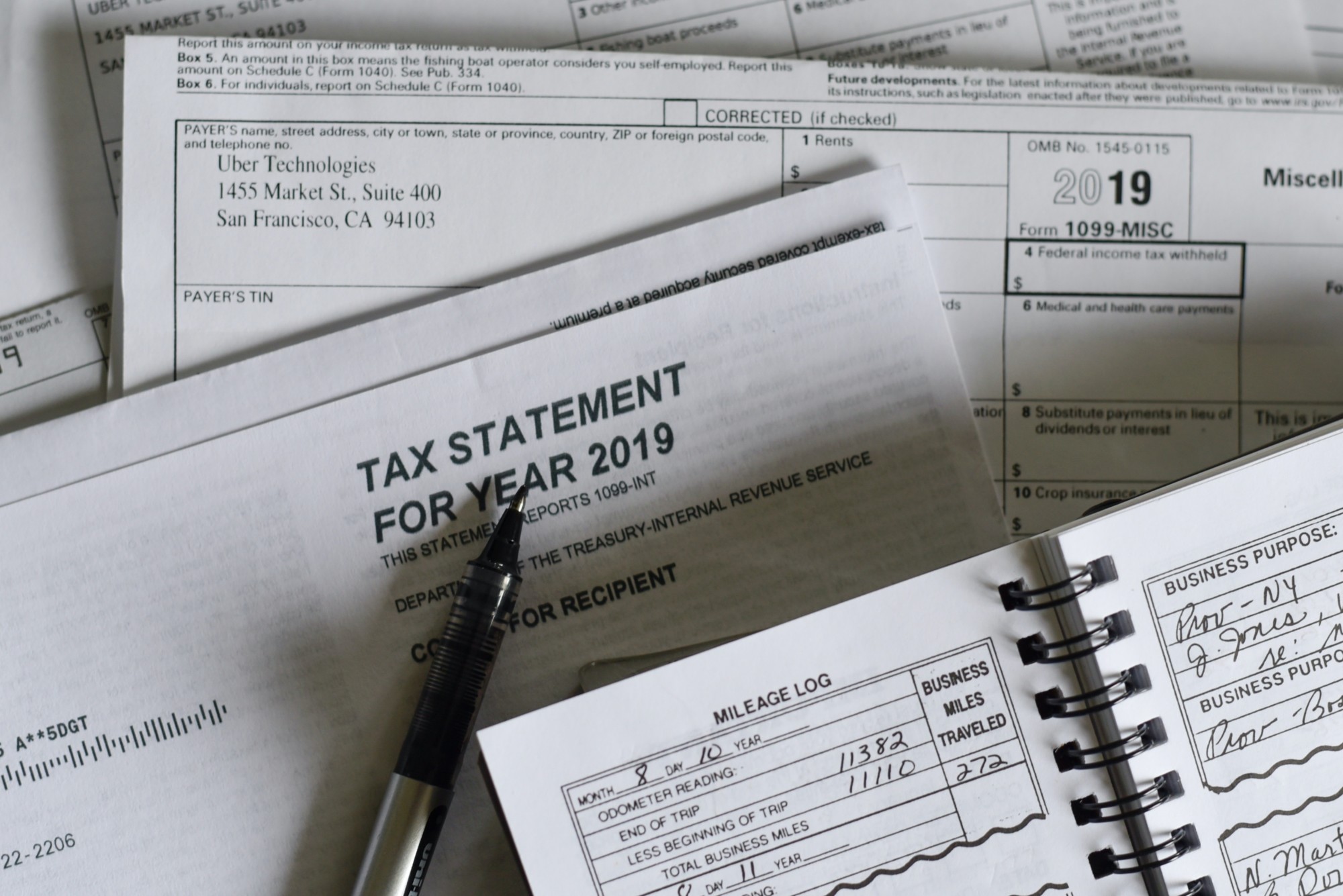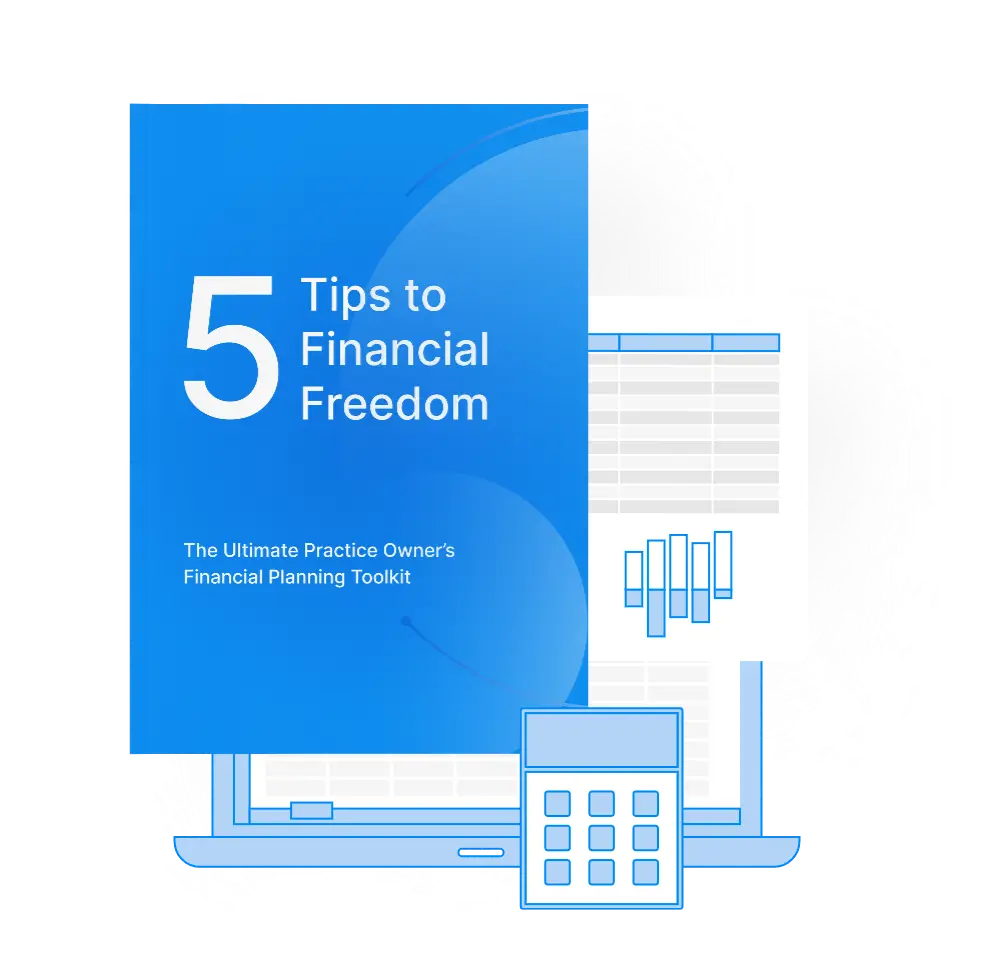Two high profile (and high risk) tax strategies for optometrists
October 2, 2020

Saving money on taxes is the goal of pretty much every optometrist. It’d be fair to say I could replace “optometrist” with “American” in the previous sentence. Most of us do not want to pay a single dollar more than we’re obligated to pay. Also, almost every taxpayer I’ve met wishes to “avoid” paying taxes through legal and ethical strategies and not “evade” taxes through illegal or fraudulent claims on their tax return.
There’s a corollary relationship to the amount of tax savings a strategy will have and its abuse in the tax system. The more the potential tax savings, the more attention said strategy will get from both taxpayers and “advisers” claiming to be experts at helping taxpayers take advantage of the Code.
In my recent article published in Review of Optometric Business, I highlight two tax strategies that optometrists can use to help lower their tax bill. I also talk about the importance of making sure you’re claiming them in the correct way and that you’re surrounding yourself with the right team of advisors and experts.
Start Planning Today
Don’t miss out on exclusive access to financial tips, strategies, and expert-led webinars. Subscribe to the “Planning Life, On Purpose” newsletter today and stay ahead of the planning curve!
The first strategy is utilizing a micro-captive insurance agency to self-insure for business risks not ordinarily covered under commercial insurance policies. The second involves claiming the Research & Development (R&D) tax credit as a practice owner. (For more information on the R&D Tax Credit, check out Episode #100 of 20/20 Money).
While both strategies have found a perennial home on the IRS’s “Dirty Dozen” list of tax strategies they review for fraud, they are also very legal and ethical strategies for practice owners to consider. The important variable, though, is to make sure that the taxpayer is “coloring inside the lines” of the IRS. Important to note for both these strategies: the Code is actually quite clear about the terms and conditions of each strategy. What most taxpayers don’t know, though, is that there’s ample tax court case law that provides additional direction, guidance, and precedent as to whether a claiming strategy is viable.
All of the planning that you do should be tax-sensitive, and you should be working with advisors that help you understand which strategies are applicable and relevant for your situation. However, it’s important to be sure that the strategies you’re using aren’t setting yourself up for any red flags down the road.


Share